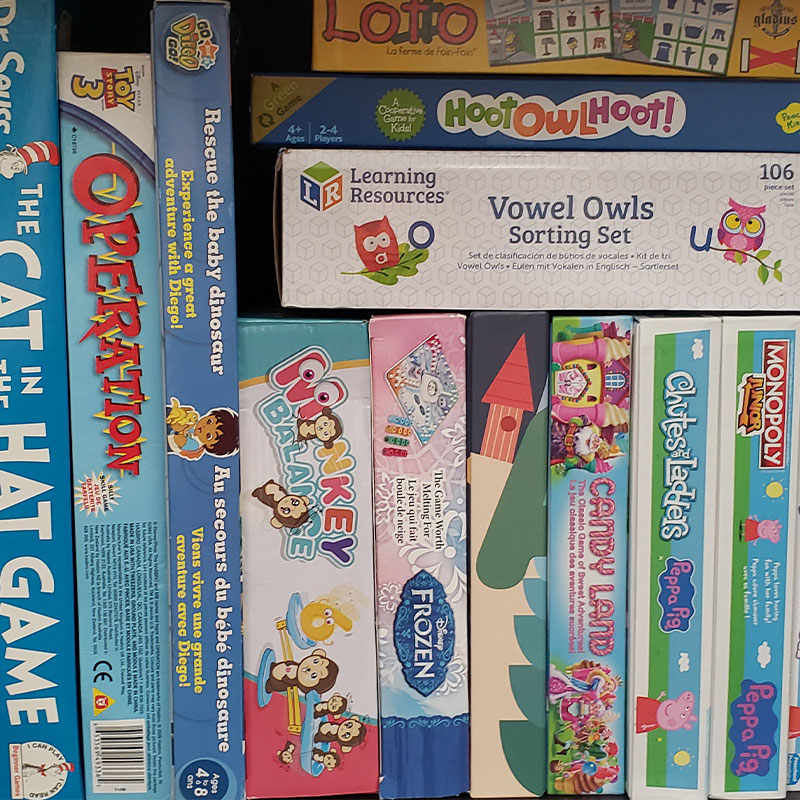Everyone should be included in board game play
As gameschooling gains popularity, I couldn’t help but consider the kids who often get left out of the fun.
But not anymore!
Launching soon is a video series that will show you how to adapt commonly available board games for all players—including neurodivergent and disabled learners.

The series will take you through:
Modeling and teaching gameplay,
Providing alternate gameplay options, and
Modifying the game boards and game pieces so you can level up board games and make them inclusive for all players.
Perfect for homeschoolers, parents, educators, tutors, and therapists.
Don’t miss out on this game-changing opportunity! (See what I did there?)
Sign up now to learn how to use the games you already own and make them accessible to all learners.
By signing up for email alerts, you agree to receive updates and promotions for the “Adapting Board Games Video Series.” You can unsubscribe at any time.

